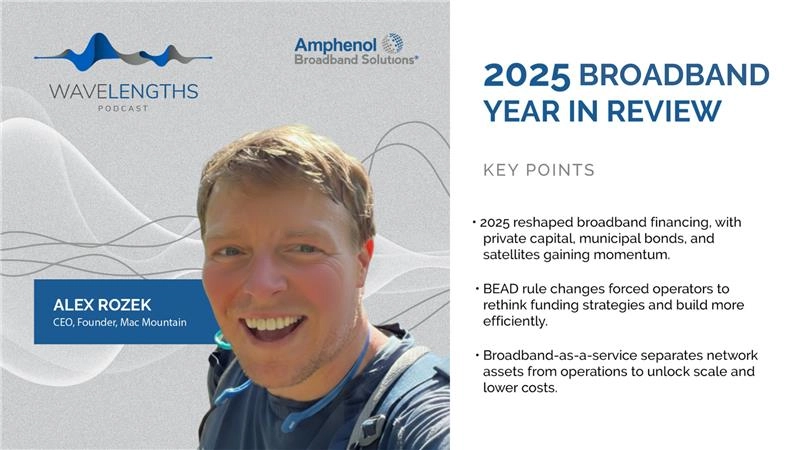Machine Learning is the Panacea the Holiday Supply Chain Needs
With the holidays officially in full swing and consumers locking in their last-minute shopping needs, the dreaded continuous disruption of the global supply chain comes into acute focus. The impact has been severe, to put it lightly. Gap, for example, reported a loss of $300 million in sales going into November 2021, blaming COVID-related factory closures and port congestion. And more generally, a GEP-commissioned survey of Fortune 500 and Global 2000 C-suite executives estimates that COVID cost the global supply chain $2 to $4 trillion in lost revenue during 2020.
Even with two years worth of opportunities to create reactive and proactive strategies to mitigate these issues, why does supply chain disruption persist? Is it truly out of everyone’s hands and just a product of compounding big picture and granular issues?
Supply chain expert Joe Bellini, COO and Executive Vice President of Product Management at One Network Enterprises, blames many of today’s supply chain issues on how companies designed both their systems and roles in the larger chain; he believes better machine learning can be part of the solution. Described as a ‘hub and spoke’ model, Bellini explained the current supply chain system as a self-defeating one-way view.
“That makes [the supply chain] very difficult when you’ve got demand variation occurring further downstream, and you’ve got supply variation occurring upstream,” said Bellini.
Another problem he noted is the lack of real-time transaction visibility. With the current industry standard approach, companies put in estimated, or ‘fake’ as Bellini called it, lead times, which leaves the consumer in the dark on accurate arrival times. Unfortunately for today’s planners, schedulers, and expediters, bigger expediting budgets won’t solve the problem. According to Bellini, what’s needed is an overhaul of the system.
“Everybody is looking to a better system of end-to-end visibility, and that’s where the technology comes in,” said Bellini. “What you want today is a demand-driven, single-version of the truth in a real-time network so you can have multi-parties accessing a transaction at the same time that can influence its outcome.”
Having an end-to-end network will allow for significantly more data-centric decisioning, which calls for better analytics. Bellini envisions a brighter future of causal-based machine learning, where AI gives custom “prescriptions,” or solutions, for the issue based on data. Because it’s an end-to-end model, businesses can also:
- Follow the problem to fruition, ensuring superior customer service.
- Determine the best way and when to deploy scarce supply.
- Decrease tomorrow’s problems through reallocation.
Companies aren’t the only one that would benefit from the causal model — customers, too, desire more transparency. Bellini gave the example of comparing a cab system, which was equivalent to the hub and spoke model, with Uber, a system where there is both driver and rider visibility. When the system shifts to “hub to hub,” customers could gain many benefits, such as access to upstream order information or even sustainability initiatives. Bellini praises machine learning for its ability to provide these insights throughout the entire business and customer journey, and says he sees it work firsthand in the supply network he works within.
“We’ve done it for many Tier 1s on a global basis already… It’s real, and it’s there, and for this holiday season, I think everyone would certainly want to be on one of those types of networks,” said Bellini.









